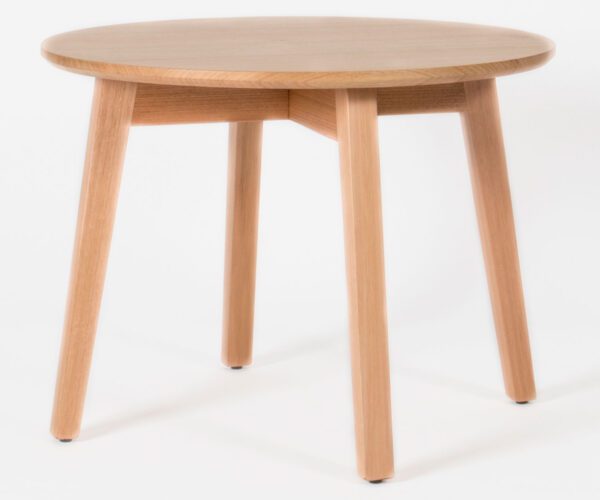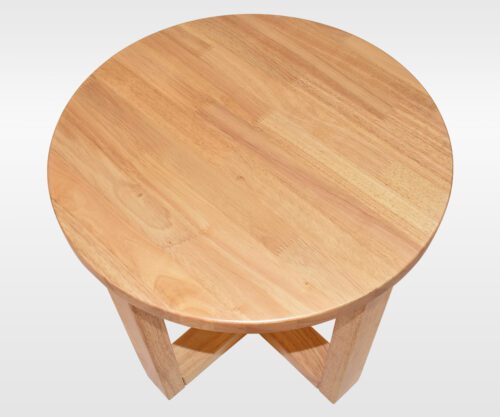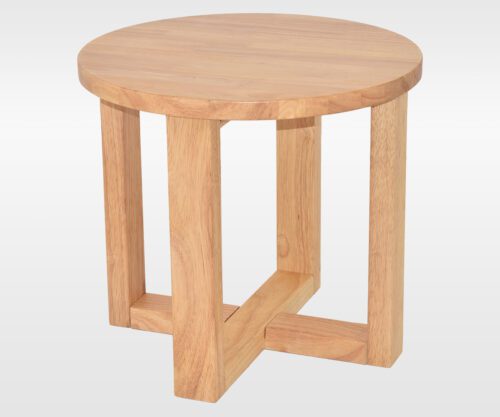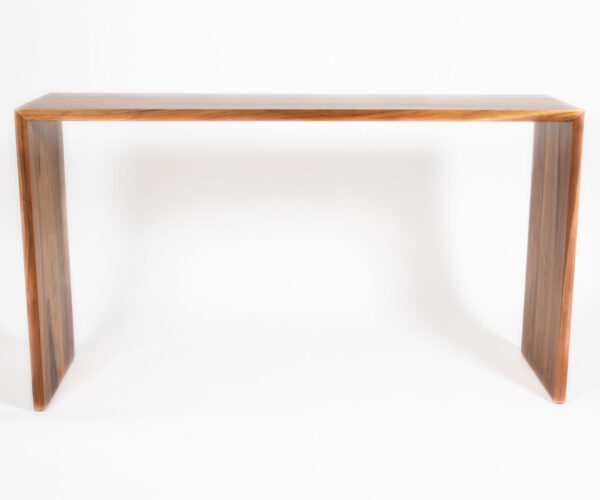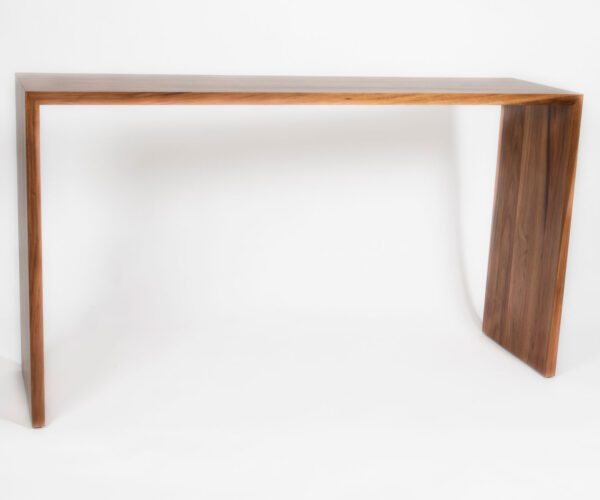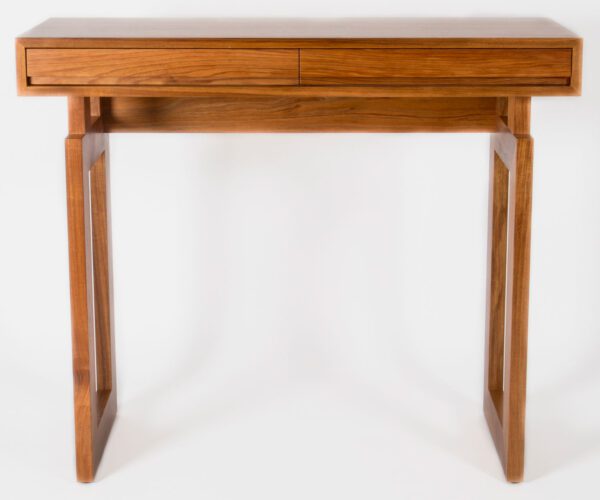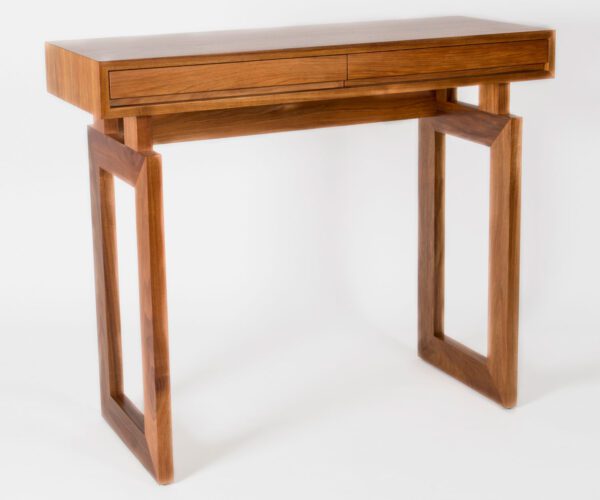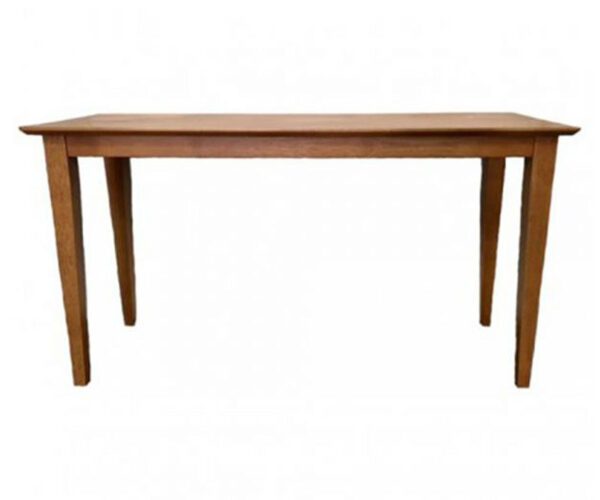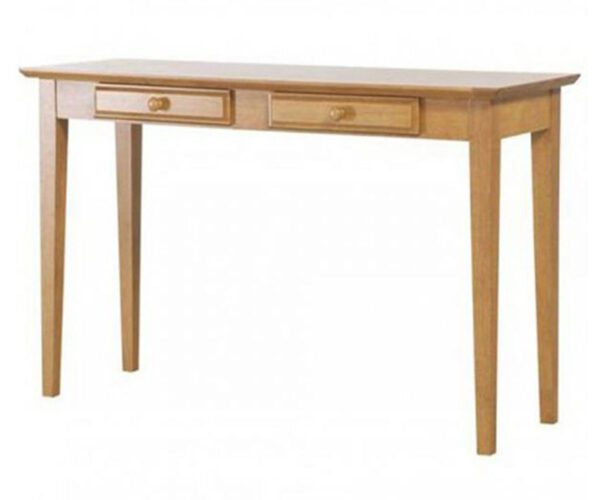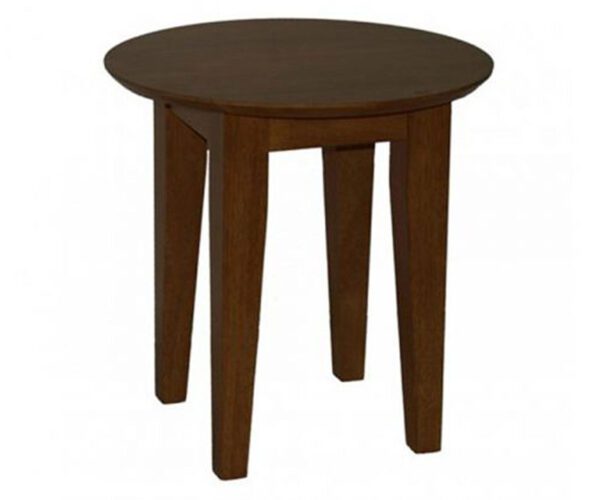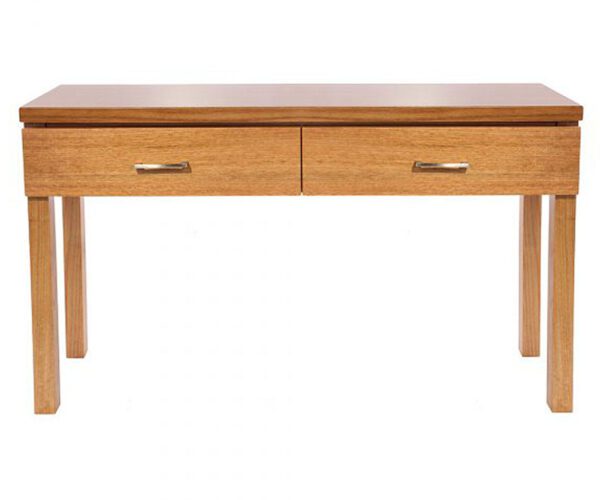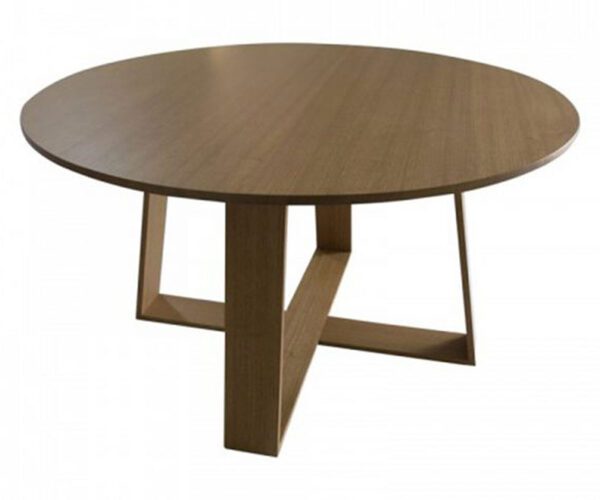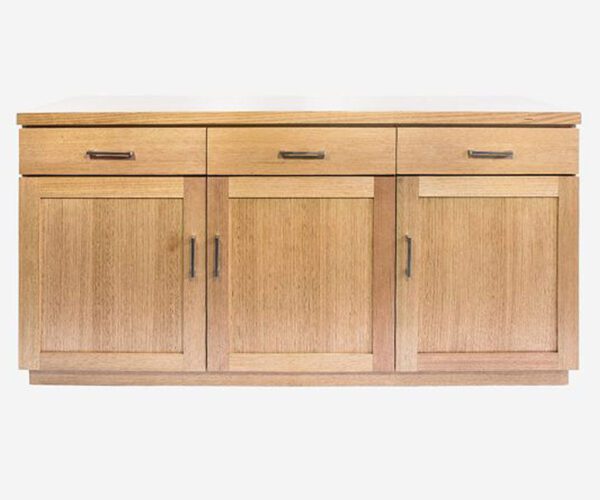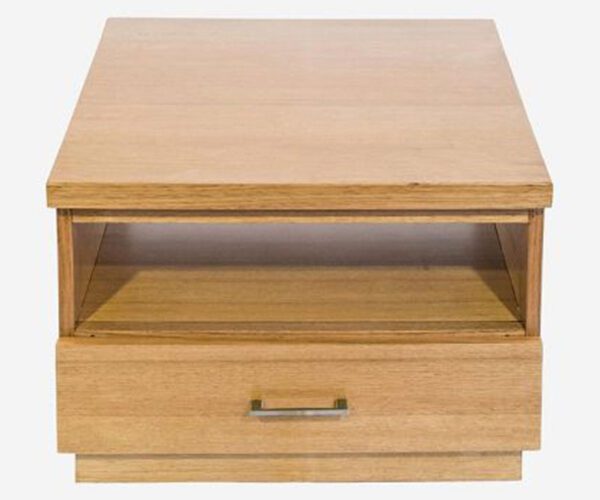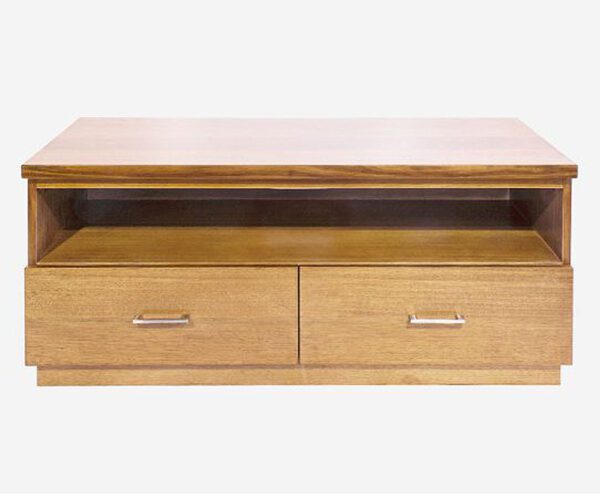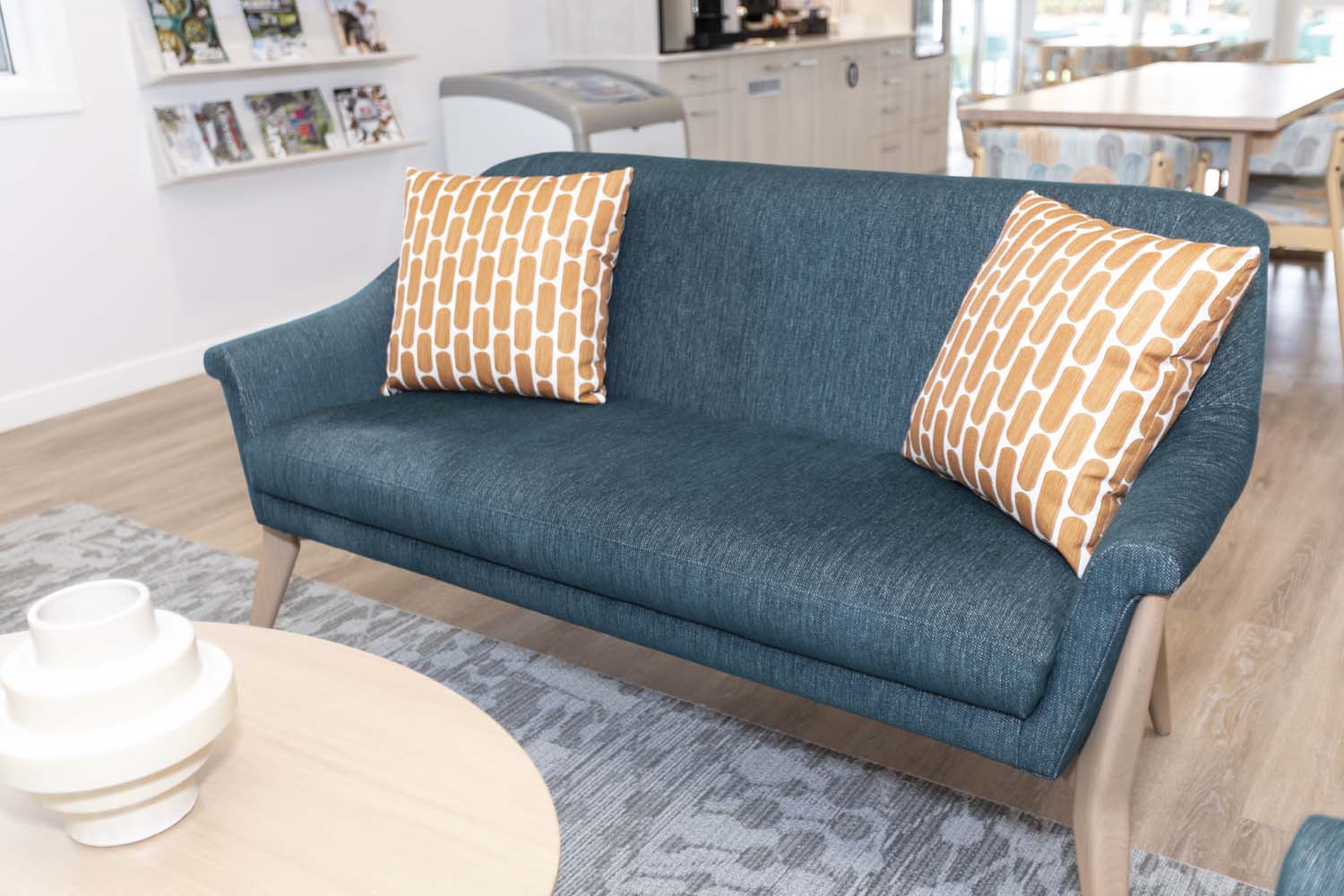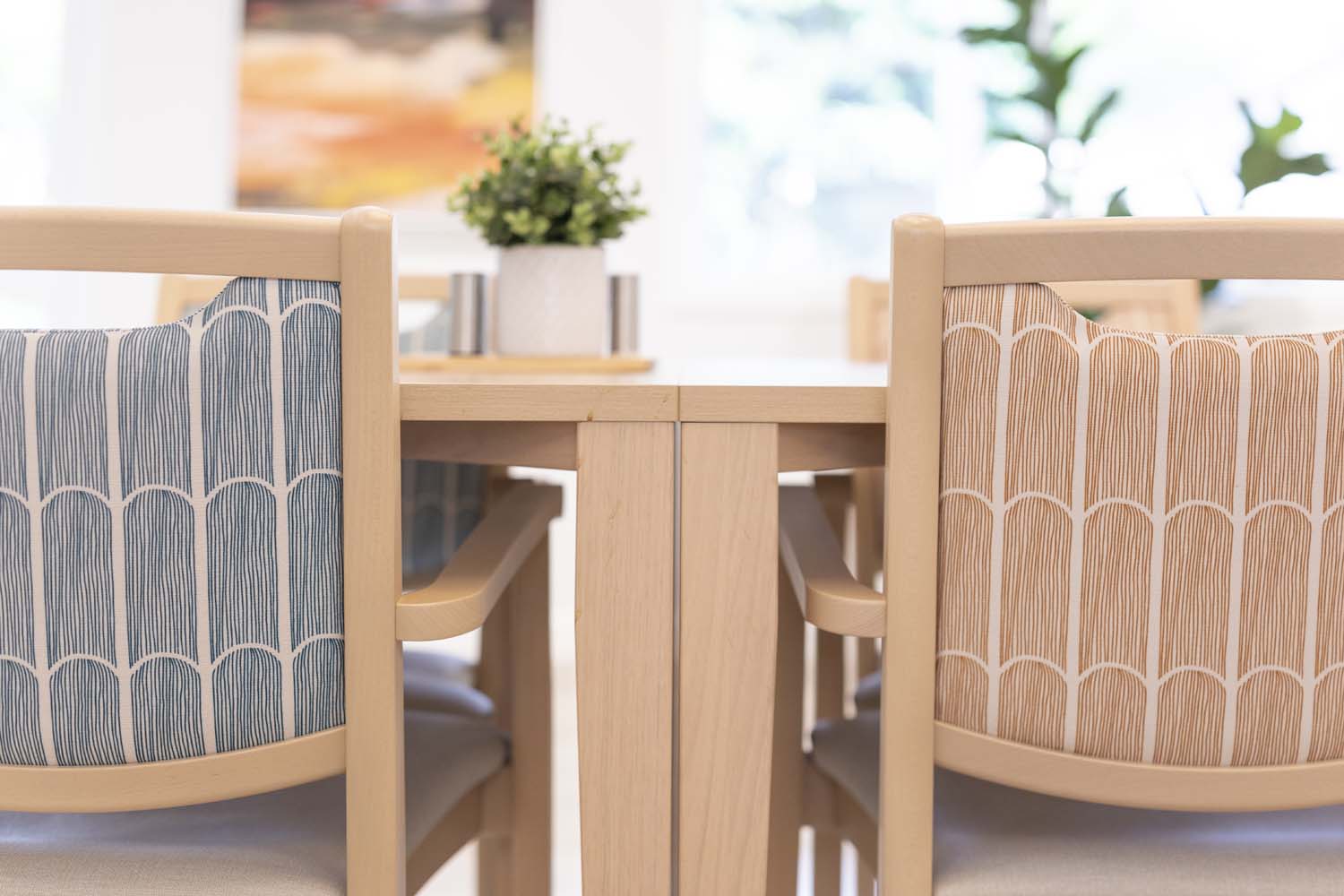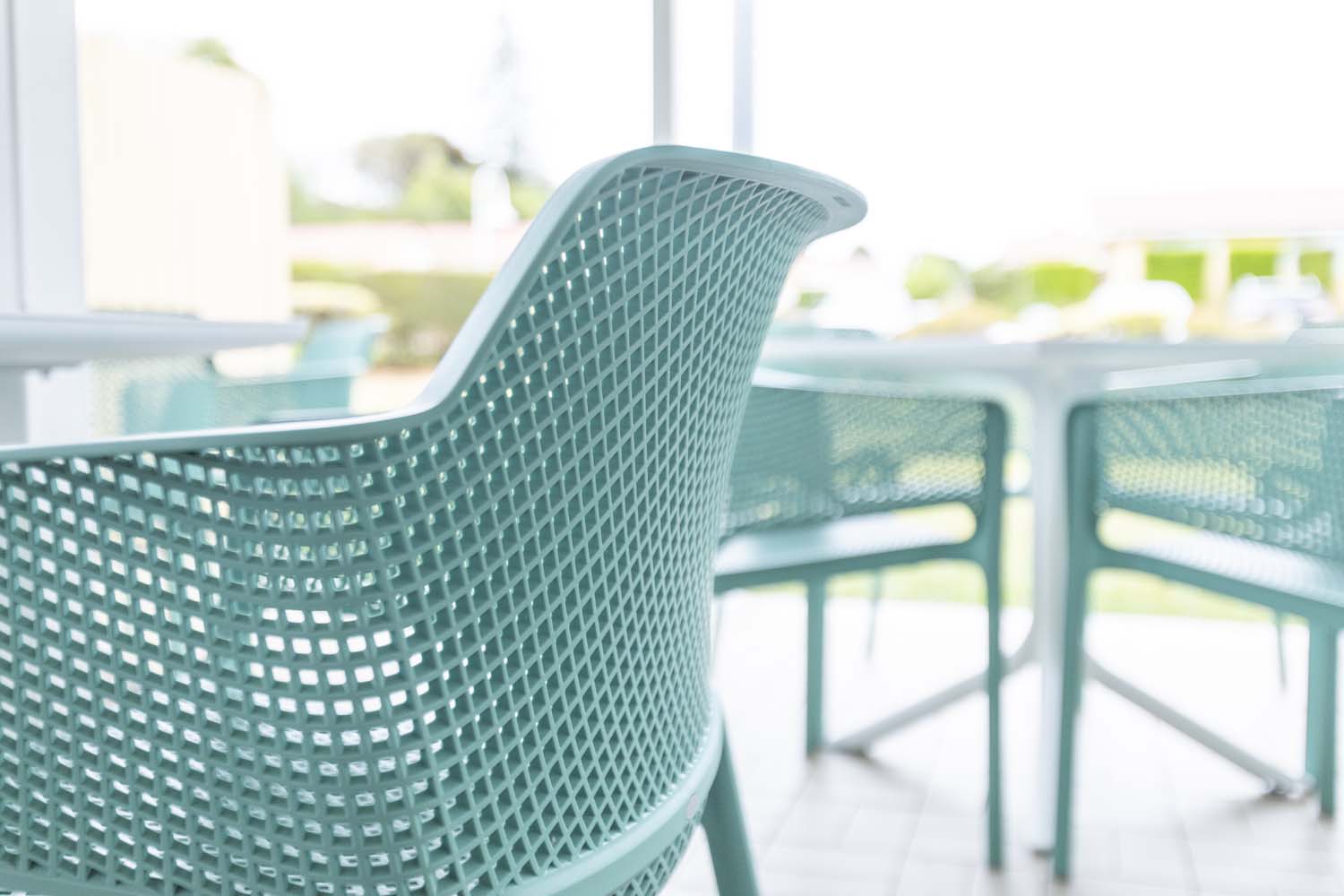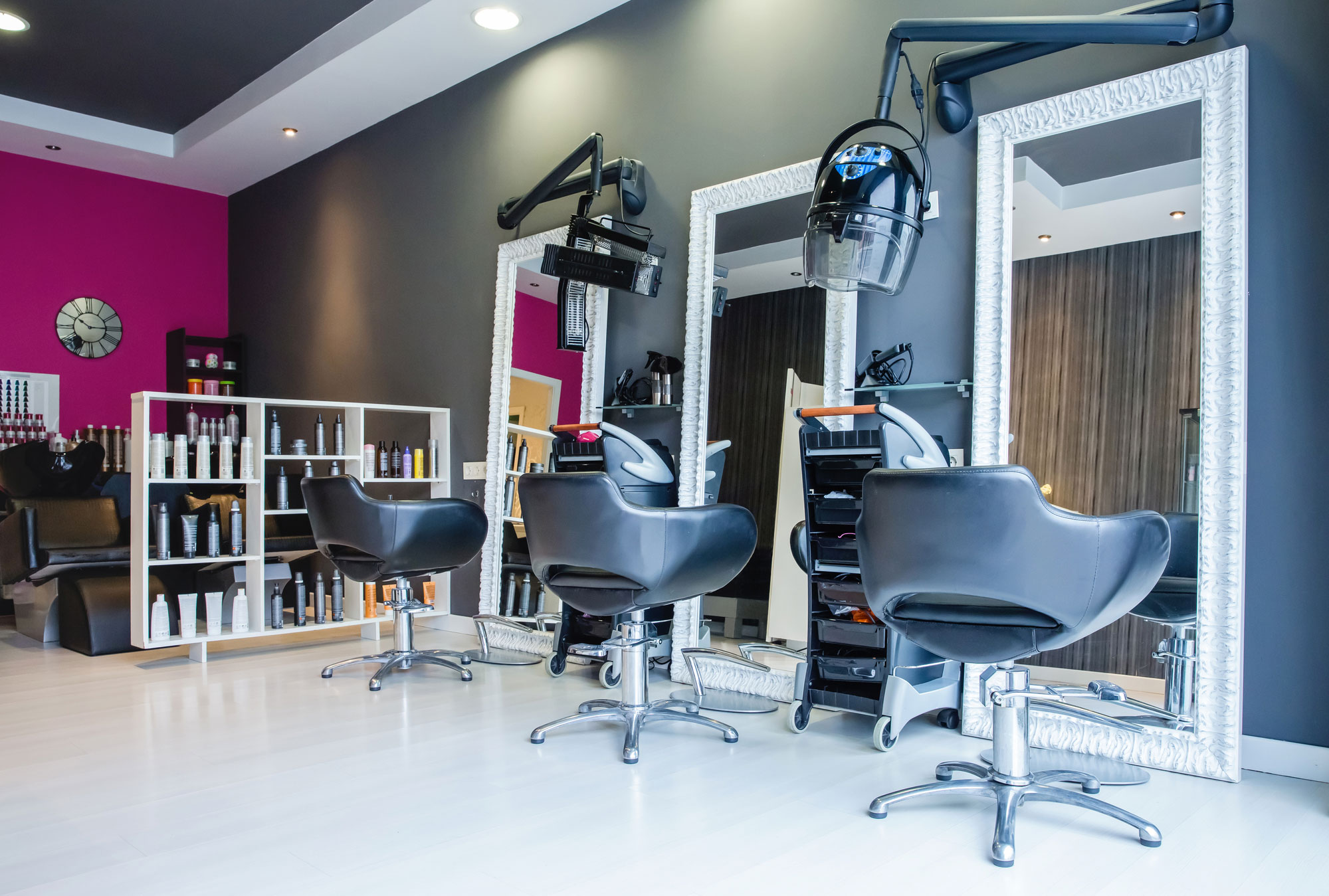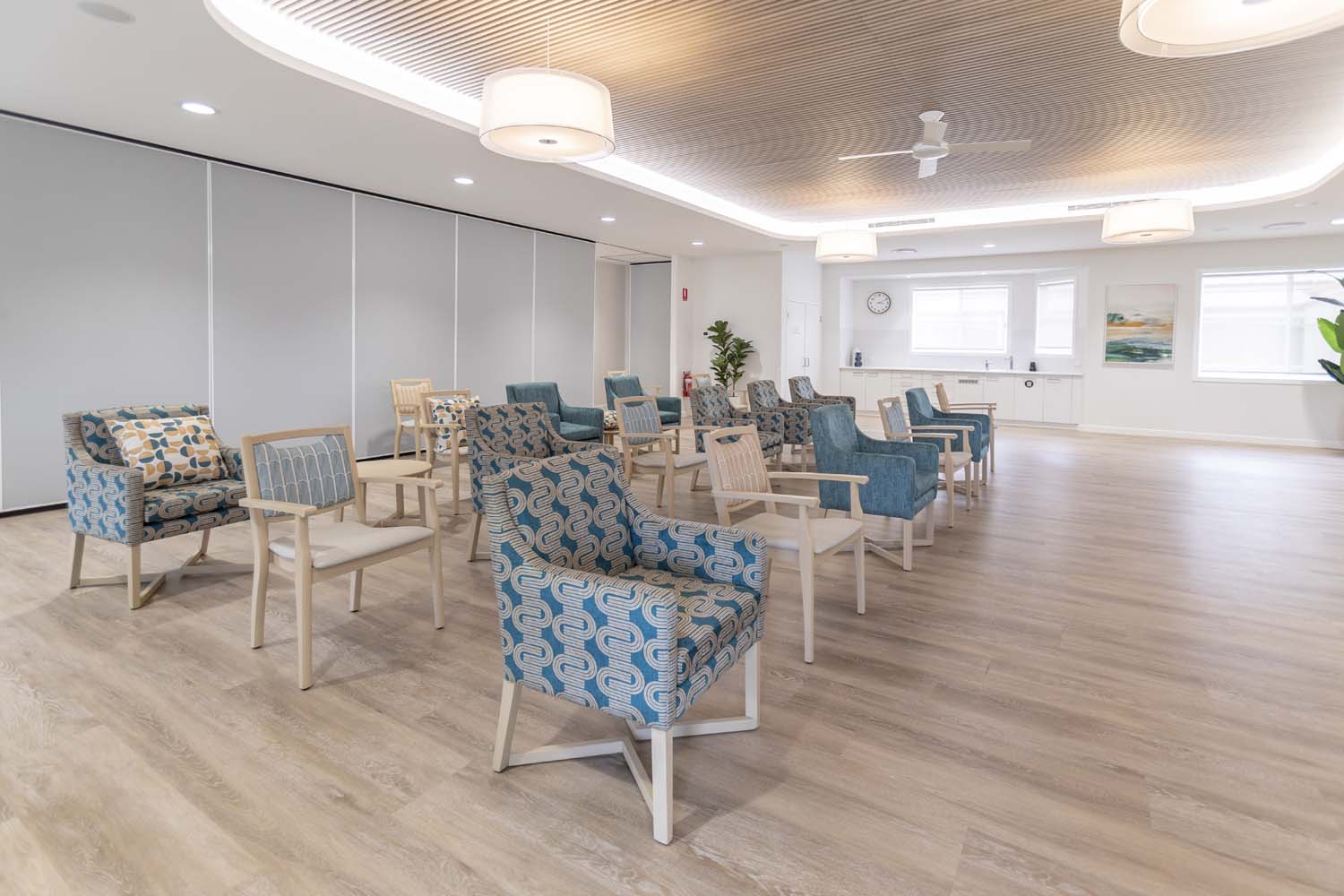The Refurbishment Roadmap: Securing Buy-In for Your Aged Care Furniture Upgrade
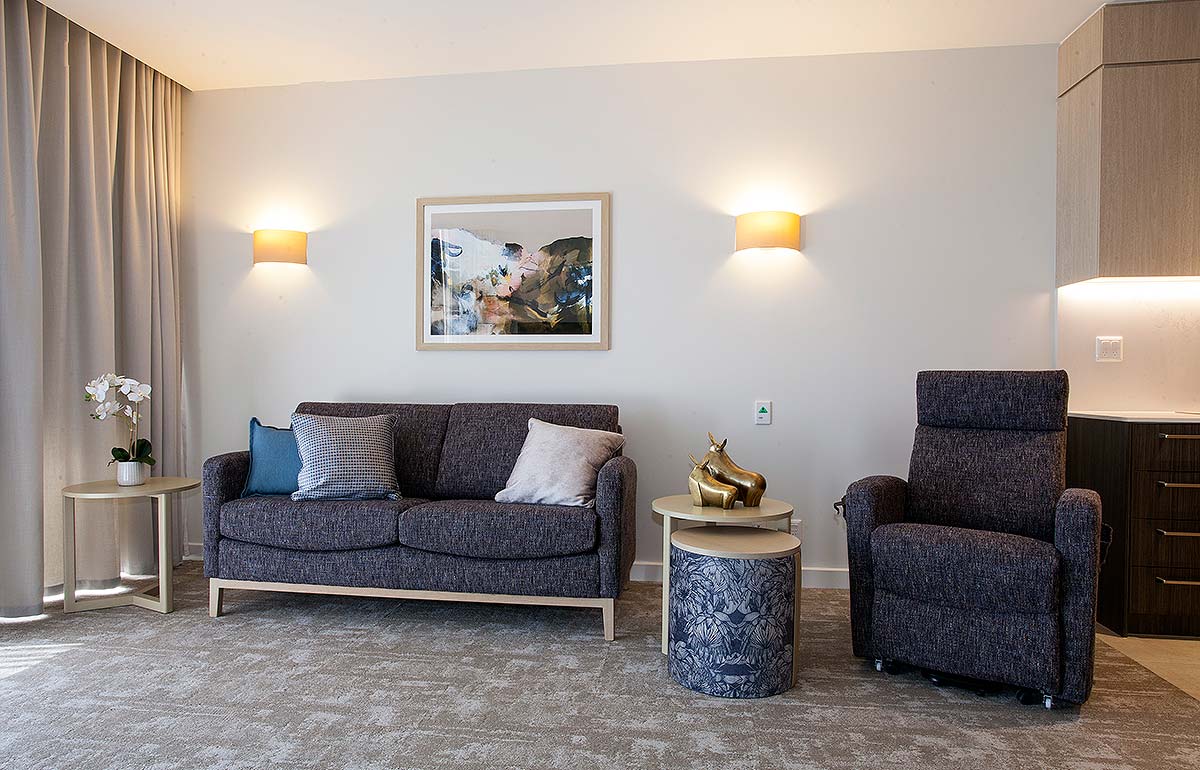
Upgrading the furniture in your aged care facility isn’t just about aesthetics; it’s about creating a comfortable, safe, and welcoming environment for residents. However, securing approval for refurbishment projects can be challenging when budgets are tight and priorities compete.
Here’s a practical guide to help you navigate the process and win the support of key decision-makers.
Understanding the Why
Prioritising Resident Comfort and Safety
Outdated furniture isn’t just an eyesore—it can negatively impact residents’ comfort, mobility, and even safety. For example, worn-out chairs or poorly designed tables can lead to increased fall risks or discomfort during daily activities. Upgrading furniture demonstrates a commitment to residents’ well-being and ensures your facility remains a safe, functional space.
Aligning with Strategic Goals
Furniture upgrades aren’t just about appearances; they’re a strategic investment. Modern, high-quality furniture can improve resident satisfaction, enhance staff efficiency, and boost your facility’s reputation, which can positively impact occupancy rates. Linking your project to these broader goals can strengthen your case for approval.
Key Considerations
- Resident Needs: Are the current furniture pieces meeting residents’ comfort, mobility, and safety requirements?
- Aesthetic Appeal: Does the current furniture reflect a welcoming, homely atmosphere, or does it look outdated and uninviting?
- Health and Hygiene: Are worn-out materials contributing to hygiene concerns or creating maintenance challenges?
- Competitor Benchmarking: How does your facility’s furniture compare to competitors in the region?
- Regulatory Compliance: Are you meeting industry standards for furniture design in aged care (e.g., fire resistance, ergonomic support)?
Building a Strong Business Case
Assessing Current Needs
Start by conducting a detailed audit of your facility’s furniture. Identify items that are worn, unsafe, or no longer fit-for-purpose. Document the issues with photos, detailed notes, and estimated replacement costs. A clear understanding of what needs updating is the foundation of your proposal.
Presenting the Numbers
Decision-makers need to see the financial implications, so prepare a detailed cost analysis. Include estimates for high-quality replacements, factoring in durability and warranty benefits to demonstrate long-term savings. Highlight the potential return on investment (ROI), such as lower maintenance costs or improved resident satisfaction metrics.
Highlighting Resident and Staff Feedback
Testimonials from residents and staff can be powerful. Share feedback about how current furniture impacts daily life and how upgrades could make a difference. This human element can resonate with decision-makers and underscore the need for change.
Key Considerations
- Inventory Status: What is the condition of your current furniture? Create a detailed list of items to replace or refurbish.
- Budget Estimation: Have you factored in all costs, including delivery, installation, and potential downtime during the upgrade?
- ROI Metrics: Can you quantify how the refurbishment will improve resident satisfaction, reduce maintenance costs, or attract new residents?
- Stakeholder Input: Have you gathered feedback from residents, staff, and families to identify their top priorities?
- Visualisation Tools: Are you prepared to present mood boards, layouts, or photos of the proposed furniture to aid decision-making?
Navigating the Approval Process
Identifying Key Stakeholders
Understanding who holds the decision-making power is critical. Key stakeholders might include facility operators, board members, or financial officers. Tailor your messaging to address their specific priorities, such as cost-efficiency, resident satisfaction, or compliance with care standards.
Presenting Your Proposal Effectively
A well-prepared proposal can make all the difference. Use visual aids like floor plans, mood boards, or mock-ups of new furniture layouts to help stakeholders visualise the transformation. Ensure your presentation is clear, concise, and focused on the benefits.
Leveraging External Expertise
Partnering with a furniture specialist can add credibility to your proposal. They can provide professional design consultations, detailed cost breakdowns, and case studies of successful refurbishments in similar facilities. This expertise can address concerns and build confidence in your plan.
Key Considerations
- Stakeholder Identification: Who are the key decision-makers, and what are their priorities (e.g., financial efficiency, resident outcomes)?
- Proposal Customisation: Have you tailored your case to address the concerns of each stakeholder?
- Supporting Data: Do you have clear statistics, testimonials, or industry insights to back your recommendations?
- Presentation Clarity: Is your proposal concise, visually appealing, and easy to understand?
- Expert Endorsements: Can you include insights or quotes from trusted industry experts to strengthen your case?
Overcoming Common Roadblocks
Addressing Budget Concerns
Budget limitations are often the biggest hurdle. Explore creative solutions, such as phased refurbishment plans, financing options, or seeking grants. Community fundraising or partnerships with local businesses can also help bridge the funding gap.
Handling Resistance to Change
Change can be daunting, but it’s often necessary for growth. Address objections by showcasing long-term benefits, such as cost savings or enhanced resident care. Share success stories from other facilities that have undertaken similar projects to inspire confidence.
Turning Plans into Action
Securing buy-in for a furniture refurbishment project may seem daunting, but with a clear plan and a strong business case, you can win the support you need. Upgraded furniture not only improves the lives of residents but also enhances your facility’s reputation and operational efficiency.
Key Considerations
- Budget Constraints: Are you prepared to offer phased upgrade plans or financing options to align with the facility’s cash flow?
- Change Resistance: Do you have examples of successful refurbishments in similar facilities to mitigate concerns?
- Funding Opportunities: Are you aware of grants, subsidies, or community funding options that could support the project?
- Long-Term Value: Can you emphasise how high-quality, durable furniture reduces replacement frequency and repair costs?
- Risk Mitigation: Are you ready to address concerns about downtime, disruption, or installation logistics?
Get Started Today
Ready to take the first step? Contact us for a free furniture audit, design consultation, or quote. Together, we can help you transform your aged care facility into a space that feels like home.
Custom Aged Care Furniture
Custom made with your choice of upholstery and timber polish, ensuring that each piece meets the unique aesthetic preferences of your facility while also enhancing the comfort and well-being of residents.
More News
The Refurbishment Roadmap: Securing Buy-In for Your Aged Care Furniture Upgrade

Upgrading the furniture in your aged care facility isn’t just about aesthetics; it’s about creating a comfortable, safe, and welcoming environment for residents. However, securing approval for refurbishment projects can be challenging when budgets are tight and priorities compete.
Here’s a practical guide to help you navigate the process and win the support of key decision-makers.
Understanding the Why
Prioritising Resident Comfort and Safety
Outdated furniture isn’t just an eyesore—it can negatively impact residents’ comfort, mobility, and even safety. For example, worn-out chairs or poorly designed tables can lead to increased fall risks or discomfort during daily activities. Upgrading furniture demonstrates a commitment to residents’ well-being and ensures your facility remains a safe, functional space.
Aligning with Strategic Goals
Furniture upgrades aren’t just about appearances; they’re a strategic investment. Modern, high-quality furniture can improve resident satisfaction, enhance staff efficiency, and boost your facility’s reputation, which can positively impact occupancy rates. Linking your project to these broader goals can strengthen your case for approval.
Key Considerations
- Resident Needs: Are the current furniture pieces meeting residents’ comfort, mobility, and safety requirements?
- Aesthetic Appeal: Does the current furniture reflect a welcoming, homely atmosphere, or does it look outdated and uninviting?
- Health and Hygiene: Are worn-out materials contributing to hygiene concerns or creating maintenance challenges?
- Competitor Benchmarking: How does your facility’s furniture compare to competitors in the region?
- Regulatory Compliance: Are you meeting industry standards for furniture design in aged care (e.g., fire resistance, ergonomic support)?
Building a Strong Business Case
Assessing Current Needs
Start by conducting a detailed audit of your facility’s furniture. Identify items that are worn, unsafe, or no longer fit-for-purpose. Document the issues with photos, detailed notes, and estimated replacement costs. A clear understanding of what needs updating is the foundation of your proposal.
Presenting the Numbers
Decision-makers need to see the financial implications, so prepare a detailed cost analysis. Include estimates for high-quality replacements, factoring in durability and warranty benefits to demonstrate long-term savings. Highlight the potential return on investment (ROI), such as lower maintenance costs or improved resident satisfaction metrics.
Highlighting Resident and Staff Feedback
Testimonials from residents and staff can be powerful. Share feedback about how current furniture impacts daily life and how upgrades could make a difference. This human element can resonate with decision-makers and underscore the need for change.
Key Considerations
- Inventory Status: What is the condition of your current furniture? Create a detailed list of items to replace or refurbish.
- Budget Estimation: Have you factored in all costs, including delivery, installation, and potential downtime during the upgrade?
- ROI Metrics: Can you quantify how the refurbishment will improve resident satisfaction, reduce maintenance costs, or attract new residents?
- Stakeholder Input: Have you gathered feedback from residents, staff, and families to identify their top priorities?
- Visualisation Tools: Are you prepared to present mood boards, layouts, or photos of the proposed furniture to aid decision-making?
Navigating the Approval Process
Identifying Key Stakeholders
Understanding who holds the decision-making power is critical. Key stakeholders might include facility operators, board members, or financial officers. Tailor your messaging to address their specific priorities, such as cost-efficiency, resident satisfaction, or compliance with care standards.
Presenting Your Proposal Effectively
A well-prepared proposal can make all the difference. Use visual aids like floor plans, mood boards, or mock-ups of new furniture layouts to help stakeholders visualise the transformation. Ensure your presentation is clear, concise, and focused on the benefits.
Leveraging External Expertise
Partnering with a furniture specialist can add credibility to your proposal. They can provide professional design consultations, detailed cost breakdowns, and case studies of successful refurbishments in similar facilities. This expertise can address concerns and build confidence in your plan.
Key Considerations
- Stakeholder Identification: Who are the key decision-makers, and what are their priorities (e.g., financial efficiency, resident outcomes)?
- Proposal Customisation: Have you tailored your case to address the concerns of each stakeholder?
- Supporting Data: Do you have clear statistics, testimonials, or industry insights to back your recommendations?
- Presentation Clarity: Is your proposal concise, visually appealing, and easy to understand?
- Expert Endorsements: Can you include insights or quotes from trusted industry experts to strengthen your case?
Overcoming Common Roadblocks
Addressing Budget Concerns
Budget limitations are often the biggest hurdle. Explore creative solutions, such as phased refurbishment plans, financing options, or seeking grants. Community fundraising or partnerships with local businesses can also help bridge the funding gap.
Handling Resistance to Change
Change can be daunting, but it’s often necessary for growth. Address objections by showcasing long-term benefits, such as cost savings or enhanced resident care. Share success stories from other facilities that have undertaken similar projects to inspire confidence.
Turning Plans into Action
Securing buy-in for a furniture refurbishment project may seem daunting, but with a clear plan and a strong business case, you can win the support you need. Upgraded furniture not only improves the lives of residents but also enhances your facility’s reputation and operational efficiency.
Key Considerations
- Budget Constraints: Are you prepared to offer phased upgrade plans or financing options to align with the facility’s cash flow?
- Change Resistance: Do you have examples of successful refurbishments in similar facilities to mitigate concerns?
- Funding Opportunities: Are you aware of grants, subsidies, or community funding options that could support the project?
- Long-Term Value: Can you emphasise how high-quality, durable furniture reduces replacement frequency and repair costs?
- Risk Mitigation: Are you ready to address concerns about downtime, disruption, or installation logistics?
Get Started Today
Ready to take the first step? Contact us for a free furniture audit, design consultation, or quote. Together, we can help you transform your aged care facility into a space that feels like home.
Custom Aged Care Furniture
Custom made with your choice of upholstery and timber polish, ensuring that each piece meets the unique aesthetic preferences of your facility while also enhancing the comfort and well-being of residents.
Commercial furniture by room
Based in Brisbane, we’re an Australian manufacturer of aged care furniture, retirement living furniture, hospital & healthcare furniture, hotel & accommodation furniture and student accommodation furniture. We also supply a range of commercial office furniture.
Discover the FHG Look Book: Your Source of Inspiration for Quality Australian-Made Commercial Furniture
- Quality Craftsmanship: See why we’ve been a trusted partner for over 25 years.
- Local Excellence: Learn how our Brisbane team ensures the highest standards.
- Inspiration and Ideas: Find innovative furniture solutions for any environment.
Don’t miss the opportunity to transform your commercial space with FHG’s expertly crafted furniture. Download the FHG Look Book today and start your journey towards exceptional design and quality.

